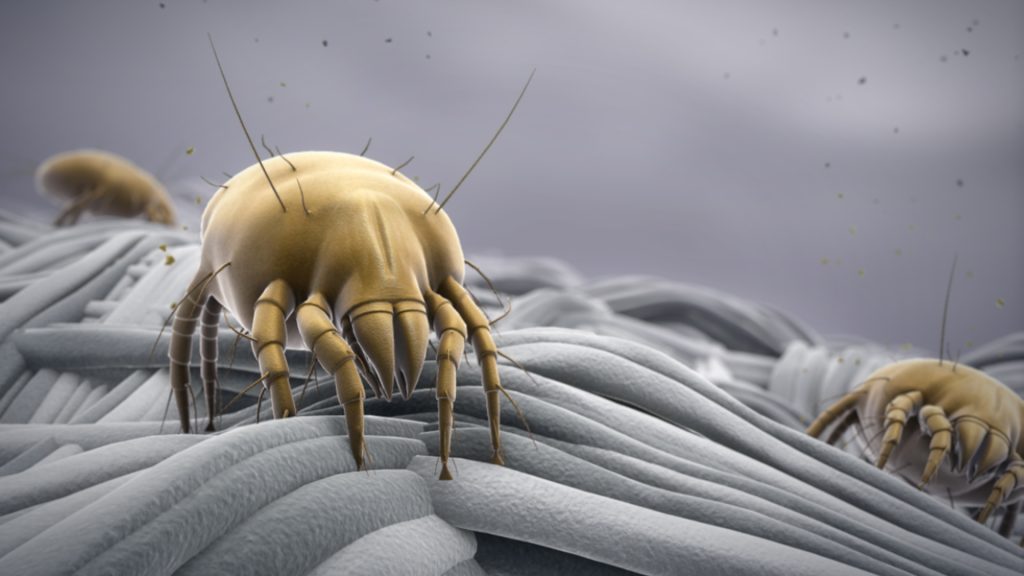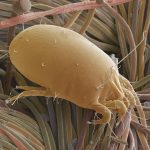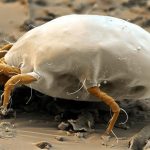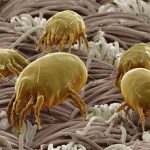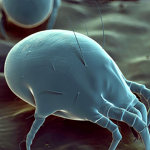Dust mites are the most annoying creatures that could trigger the symptoms of common allergies and asthma problems. You should know that these microscopic bugs feed on dead skin cells and other components such as dust. In addition, their feces and faces contain a protein that causes allergies in dogs, cats as well as humans.
Allergy sufferers are required to minimize the allergen particles of dust mites in their houses so that they don’t have any health problems.
However, you should know that wiping out the entire squad of dust mites is quite impossible, but there are several measures that you can take to minimize the number of dust mites. One of those measures is using bleach.
What Is Bleach?
Contents
- 1 What Is Bleach?
- 2 What Is Bleach Made Of?
- 3 How Does Bleach Kill Dust Mites
- 4 Does Bleach Kill Dust Mites?
- 5 How To Use Bleach To Kill Dust Mites
- 6 Precautions When Using The Bleach
- 7 What Do Bleach Activators Do?
- 8 Using Bleach Activators In Dust Mite Control
- 9 What Do Dust Mites Smell Like?
- 10 Conclusion
Bleach is the most popular chemical product specially used for domestic and industrial purposes to remove or clean stain or color from a fiber or fabric. This whole process is known as bleaching.
What Is Bleach Made Of?
In scientific terms, bleach is a diluted version of sodium hypochlorite. It is most commonly used as a disinfectant and whitening agent during laundry.
You should know that the more sodium hypochlorite present in the bleach product, the more strength it would have. Therefore, it would be better for you to use various strengths of bleach to match your needs.
How Does Bleach Kill Dust Mites
Bleach is the best chemical agent for disinfecting, cleaning, or removing stains and colors from the fabric. However, you need to know that there is not much evidence regarding whether bleach is effective in killing dust mites or not.
Nevertheless, the bleach is effective in reducing the allergen particles and preventing them from spreading out.
All you have to do is take a small quantity of bleach and add a moderate amount of water to make a solution. Now you need to spray it over the affected area, or you can put it together in your laundry to get the best results.
Does Bleach Kill Dust Mites?
Yes, it assists in killing dust mites, but it is not that effective in disinfecting the fabric or cloth properly. However, bleach might kill dust mites, but it won’t remove their poop or leftovers inside the clothes. That means it still possesses some chances of spreading allergy to a weak patient.
However, further studies are required to ensure the effectiveness of bleach in killing dust mites. As a disinfectant and cleaning product, bleach is effective in cleaning and whitening clothes. You should remember that adding bleach to your laundry will help in killing dust mites.
How To Use Bleach To Kill Dust Mites
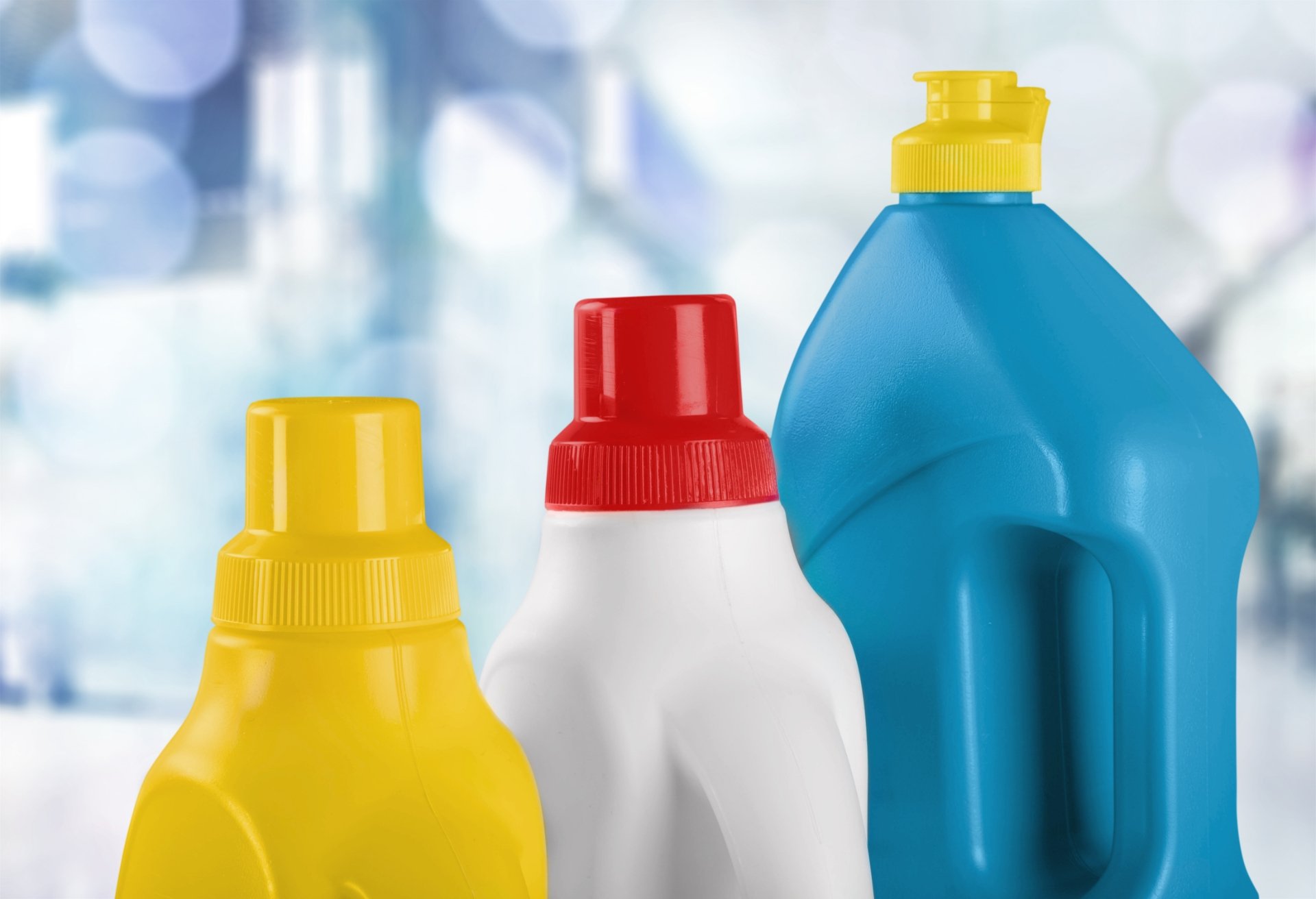
As discussed above, bleach is the most potent disinfectant and cleaning agent for in-home products. Bleach is available in liquid as well as dry form, meaning you can use both in your laundry because both are required to be diluted first. You can purchase the product from online or local stores.
However, you should avoid pouring bleach directly onto the fabric instead of cleaning your clothes, and it will whiten the fabrics. Here are the simple steps that you need to follow to use bleach for killing dust mites.
Steps To Follow
- When using bleach, ensure to use the right temperature and correct time. In addition, you must know that it has a shorter shelf life, which means it will lose its effectiveness if the packet has been opened for more than six months.
- You can even use oxygen bleach, which is safe for colors and fabrics. However, you should not use it on leather, silk, or wool. You should know that the cleaning process might take a while because oxygen does not have any disinfecting properties.
- Using bleach in powder form has shown more effective results as compared to a liquid one.
- Now all you have to do is add bleach to your laundry and end dust mites.
Precautions When Using The Bleach
Bleach is a chemical component that needs to be handled properly. So, here are some things that you need to be aware of when using bleach.
- It would be better for you to keep your children away from bleach and other cleaning products in the home as it contains toxic ingredients, which could be harmful to you and your loved ones.
- You need to be careful when making the solution, and don’t forget to wear gloves.
What Do Bleach Activators Do?
Bleach activators initiate a reaction to form an effective and powerful solution for eradicating dust mites. If you look at how bleach activators work in a scientific explanation, there is a small compound reaction with the bleach particles. That means hydrogen peroxide reacts with bleach activators to form peroxy acids. And peroxy acids are among the types of bleach and have shown more effective and powerful results than other types.
Using Bleach Activators In Dust Mite Control
Using bleach along with bleach activators makes a difference, meaning you can kill the dust mites living in your clothing and bedding.
However, it is not as effective as you might think, so don’t expect too much. So, washing your clothes instead of dry cleaning can eliminate leftovers of dust mites such as feces.
Washing only cannot eliminate dust mites, so you need to use bleach. It would help kill dust mites, but you will notice the difference when adding a bleach activator. The bleach activator will keep the allergen from excreting and reproducing.
Even dead dust mites possess a potential threat for an allergy-sensitive person because the protein present inside these creatures can trigger allergy symptoms.
What Do Dust Mites Smell Like?
Dust mites are odorless as they are attracted to dark, moist, and aroma places like below your pillow or inside your mattresses. They tend to spread out allergen particles, which can trigger allergy symptoms like asthma and other respiratory-related problems.
Conclusion
Bleach cannot eliminate the dust mites, but it can reduce its allergen particles to prevent the chances of spreading out. So, it would assist in killing dust mites.
